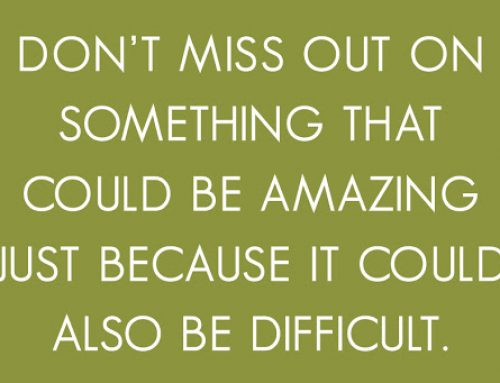Many times when we reach this time of year we have a tendency to look back and evaluate. We look at what has happened, what we have achieved and what we might have missed. Just recently I have listened to conversations concerning the passage of time since the 2001 bill of No Child Left Behind. Plenty of people would like to put the finger on the problem for the reason we will not meet the upcoming deadline initially set to implement this plan.
Currently 40 states have adopted a new set of standards called Common Core. As a resident of Massachusetts I have seen various programs being implemented in order to raise standards and improve test results. These days there is talk about eliminating the 15 year old Massachusetts Comprehensive Assessment System and replacing it with a different evaluation system. More about this debate can be read in this Boston Globe article.
Aside from the fact that teaching to the test or evaluating schools and teachers according to test results creates a logistical headache we should be honest about the facts of reality. No matter how hard teachers try or how much financial resources we put into a system, not all learners will achieve results expected by the system. This is not to say that it is impossible, but what is being ignored is the fact that a child’s education experience is made up out of many factors where the school is a large part of it but not the only contributor to its success or failure.
Many educators and administrators or consistently having to take on larger roles of providing assistance to families dealing with various issues in their lives. The schools are invested in the well being of the children and therefore are spending greater time resources to be certain that the child has support outside of the classroom or school. Issues affecting kids go across all social economic backgrounds. Children today have not only to worry about doing well in the classroom but also contend with either being over extended in after school activities and or not having a support structure at home.
How do we measure the progress a child makes? Do we look at their social growth with regards to their peers? Do we value or evaluate the way they have expanded their level of interest in new paths or looking at what books they have read? In this digital era we can assemble a portfolio of a child that can follow them throughout their academic journey. We can have the students become partners in helping us select the pieces of work they would like to keep in it. If a person is evaluated only based on the results of the grades the person gets on a math or reading test and not on what they may have done to help someone or volunteer at something or build and independent project what type of standards are we striving for?
As adults, when we present ourselves as candidates for jobs we do not show just test results. Imagine if every job interview required of us to take a test and be evaluated only by our grades? What type o work environment would that create? Children are educated in order to think and be creative. Not just to pass tests. Success of a person is determined by how well they learn to understand how to handle the challenges they meet in class and especially out of the classroom. Educators primary responsibility should be to help you children become independent learners, thinkers and doers. Now, how do you measure that we standardized tests and how do you ensure that each child has a loving support systems that will enable them to become this independent successful achiever?
Perhaps politicians should try to open their eyes and plan better how we achieve the support systems. Certain children will continue to be left behind if we continue to look only at one way of measuring progress throughout the year. Think about your own growth since January. How can you measure yourself? Our school system can and should find new ways to connect with kids who have tools and capacity to achieve. In a recent article on Bloomberg the new Common Core standards are also being debated regarding their effectiveness. There are many factors that lead to success in children’s education. All we need to do is apply them and the results will follow.
In the clip below you can see many ways we should consider how we engage our learners.


























